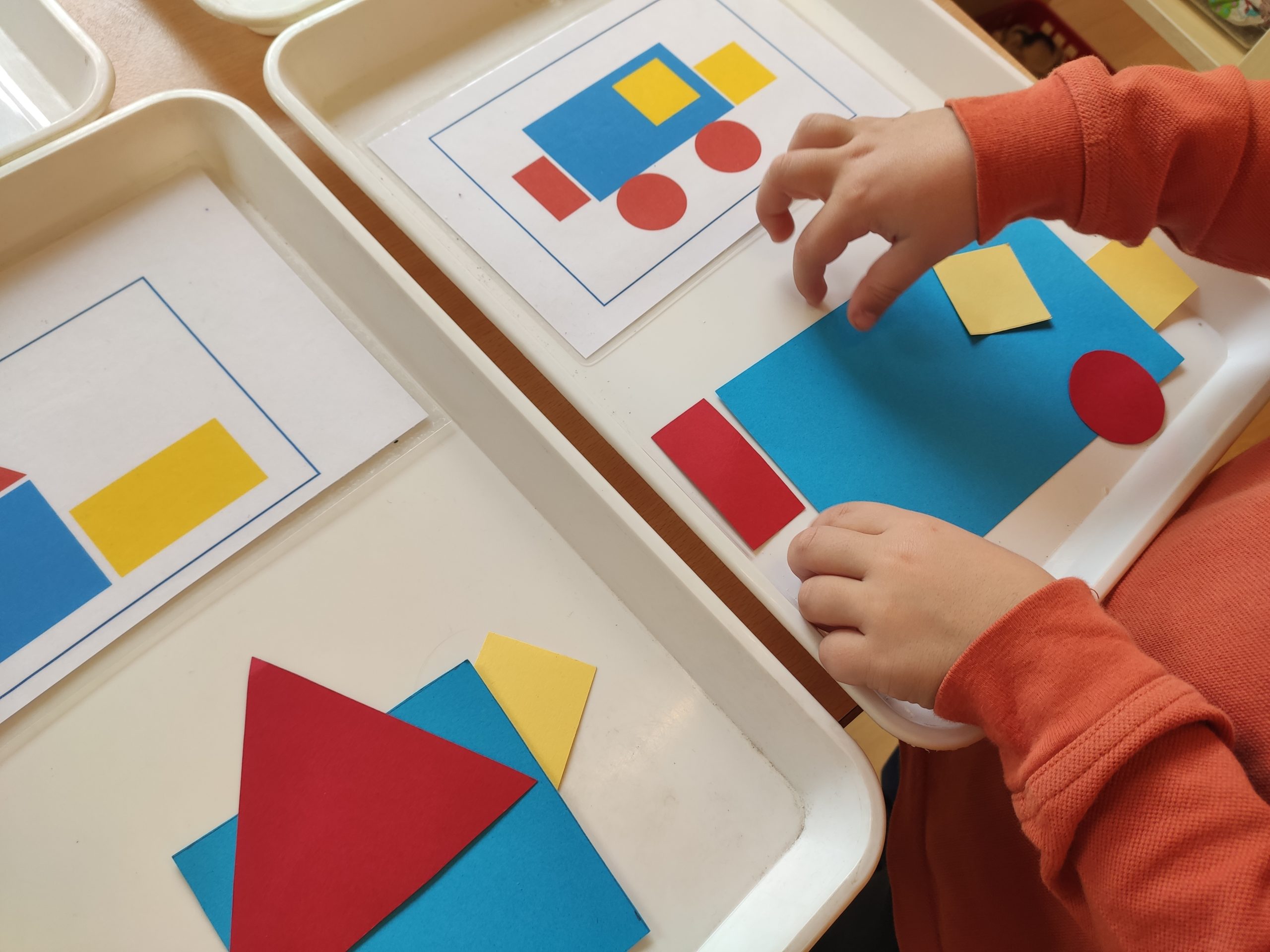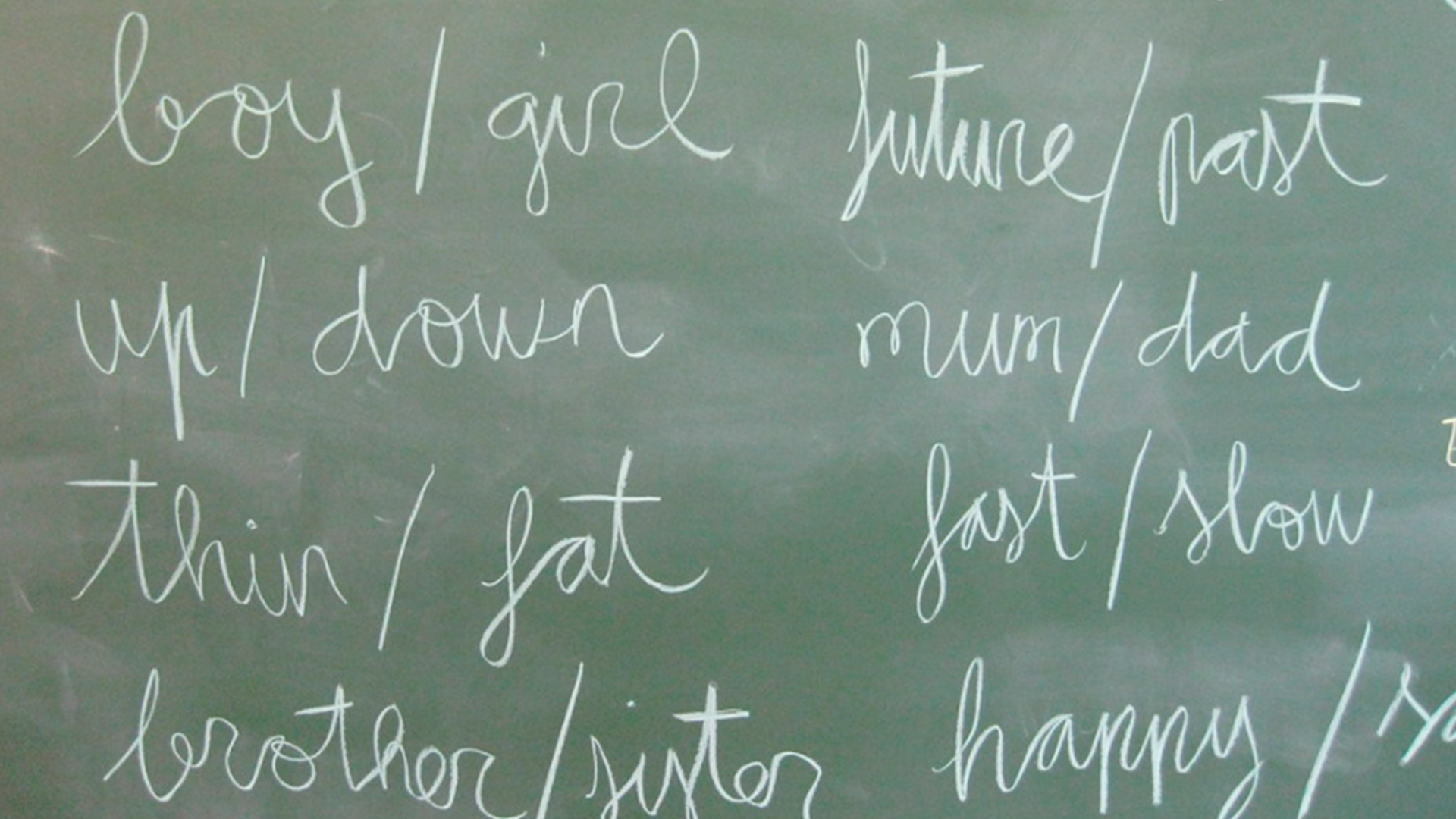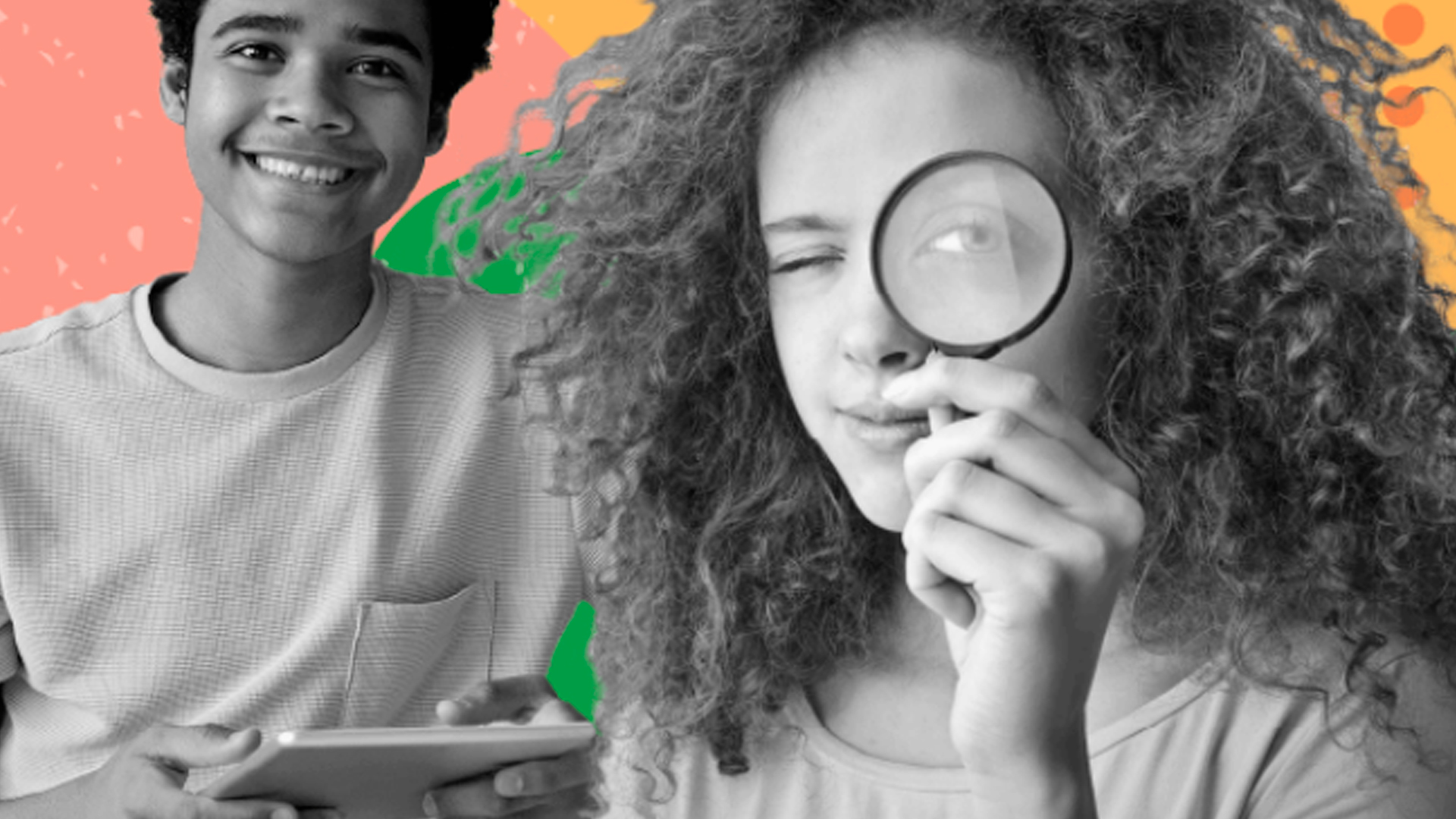Game-based Learning
Classroom Experience
Puzzle workshop in Preschool education
Barcelona Show map
In the puzzle workshop, preschool students are expected to put into practice skills such as attention, reading and writing, spatial abilities, mathematical concepts, experimentation, and discovery of the environment through gamification, by overcoming challenges and working in teams. The workshops are led by virtual characters that propose the challenges.
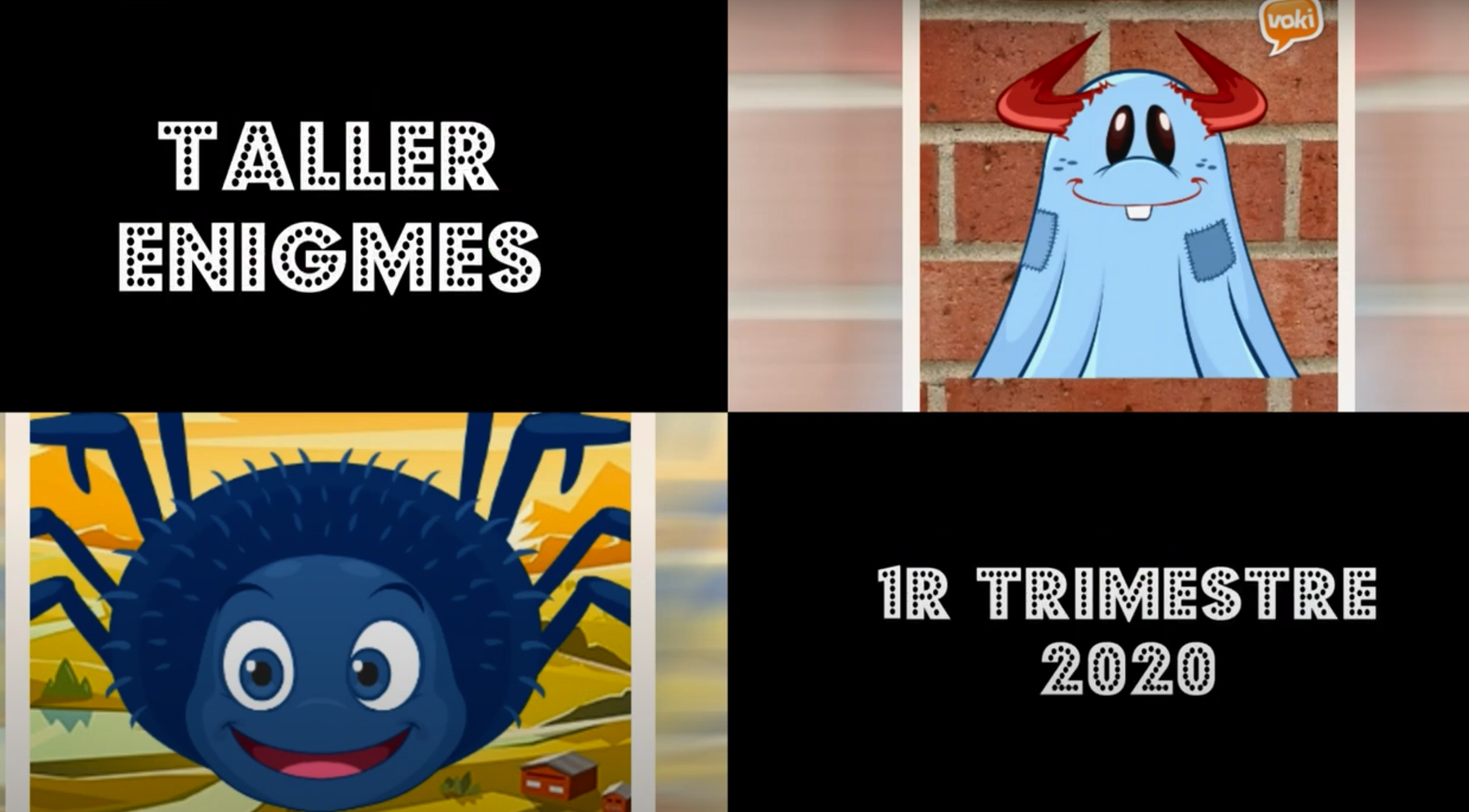

Context
The dynamics created in the K4 and K5 classes use gamification so that children can learn to solve challenges through teamwork. Students put into practice attention skills, reading and writing, and mathematical and spatial notions.
Highlights...
The puzzle workshop is an interdisciplinary and competency-based activity that brings into play the value of teamwork and the solution of challenges.
It also respects each student’s motivation and pace.
Challenges are introduced through gamification.
There is an avatar that students recognize as the character who proposes the challenges each workshop.
They often have to search for elements in the school backyard (treasure hunt in teams), which makes the activity motivating.
Technology is incorporated as a medium to solve the challenges that vary according to the topic of each week.
Objectives
Didactic sequence
1

Transport puzzle workshop
Voki (the avatar that proposes challenges) explains that today they have to divide into 4 teams, go to the backyard and find 10 pieces each. What will teams form with these pieces? The pieces are puzzles of 4 different means of transportation . If teams can achieve to gather the pieces, they'll move on to the next game: auditory perception. What transport can you hear?

2
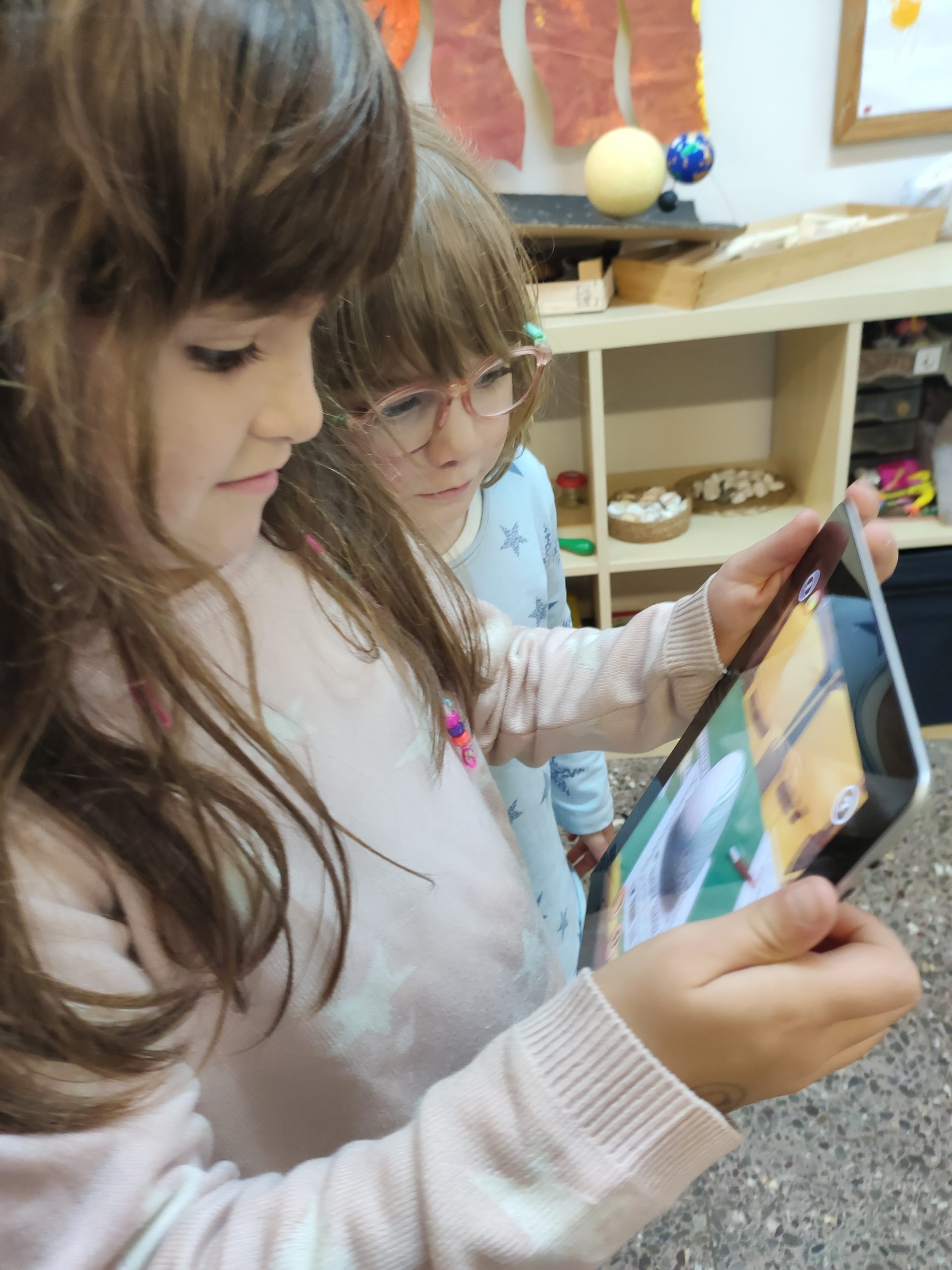
Look! Go to the Linx gamespace and spot the difference
Find the transports in the Linx game

3

Build a transport! with Tangram
In the Tangram gamespace there are three different proposals. Students can choose their transport and the level of difficulty. Then they can complete the activity by cutting the geometrical figures.

4

Touch Game! Guess the transport and bring the Blue bot.
Have blindfolded students stick their hand in a bag and touch a transport. They have to make a guess by touch and then program the blue bot through the image corresponding to the transport they just guessed.

5
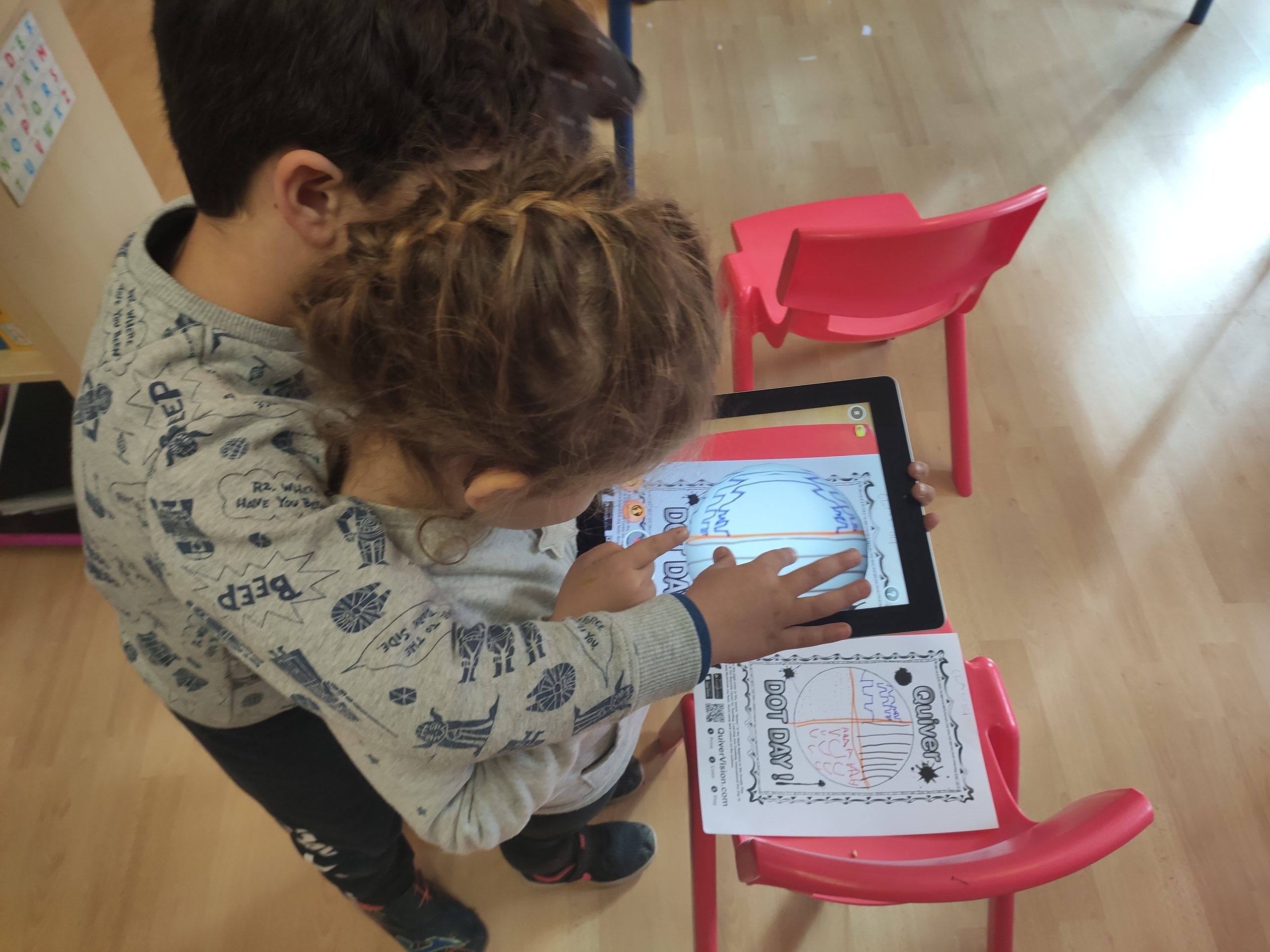
What's the hidden transport? Invisible ink and secret word
First proposal: put eight paper strips with written transport names only visible with a UV flashlight in a bag. Students have to discover them and take the Blue bot from the transport image to the written name. Second proposal: sheets where the transport is not written down with letters, but with pictures. Each picture corresponds to a letter, and once they solve the puzzle, students can guess the name of each transport.

Assessment and conclusions
Successes
Propose challenge-based learnings that can be achieved through collaborative work.
Respect personal pace and motivation.
It is a competency-based activity.
Things to improve
Reading of QR codes can be introduced to enrich the proposal technologically.
In a second session on the same topic students can build a transport with recycled material. It would be a good proposal to encourage STEAM topics and skills.
The activity can be closed with the students' self-assessment to raise awareness of their own learning.
We believe this is a good proposal to reach our goals. Every week or fortnight the topic of the workshop changes. Students accept the proposal with great motivation and they work rather autonomously.
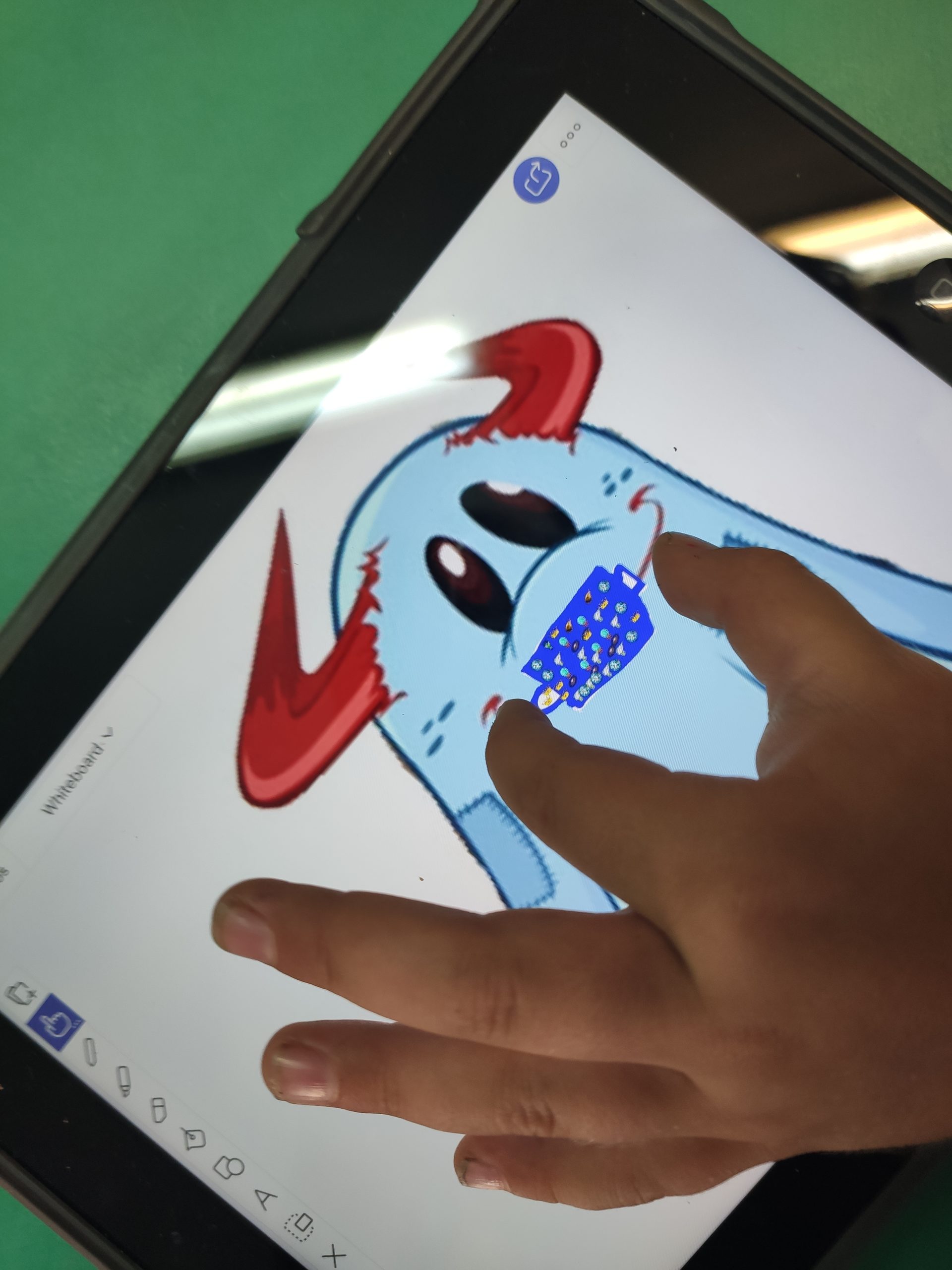
Take this experience to your classroom!
Tips to adapt the experience to your classroom
1
Find
A motivating character for the activity.
2
Propose
Challenges that make students use their senses: blindfold games, hearing, touch...
3
Magic
A magical touch is always thrilling! Use a flashlight, darkness, hidden messages, experiments...
4
Investigation
A treasure hunt is always successful! They search for elements and then find a solution together.
5
Couples
For preschool classes the use of technological tools works better in pairs or small groups.
Links
Pedagogical links

